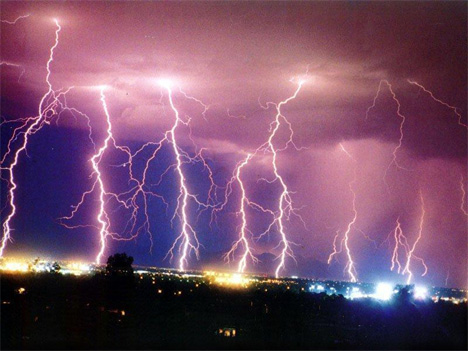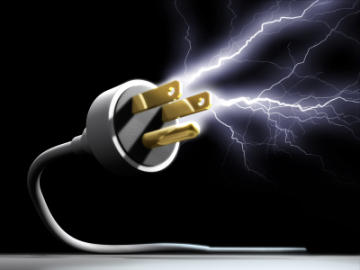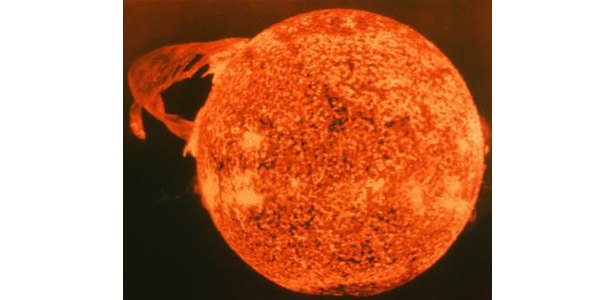1. Watch the BrainPOP video, "Energy Sources", take the Quiz, then write the answers in your Science Notebooks.
2. Play the , "What is Energy?" game.
Match all the types of energy correctly, then answer the following questions in your Science Notebooks.
A. Why do we need energy?
B. What are the different forms of energy?
C. Pick three forms of energy; where do you see evidence of each form of energy as you complete this assignment?
D. Put the following information into your own words: You can change energy from one type to another.
E. Complete the Quiz; how many did you get right?
http://www.childrensuniversity.manchester.ac.uk/media/services/thechildrensuniversityofmanchester/flash/whatisenergy.swf
3. C2S1; vocabulary, Physical Setting p. 44, RC, BQ, SC #1-5
3. C2S1; vocabulary, Physical Setting p. 44, RC, BQ, SC #1-5
4. •C2S2 (pp. 48-53); vocabulary, RC, BQ, SC
#1-5
5. •C2S1: read pp. 44-46,
6. •HW: C2S3 pp. 55-57 – RC, BQ, vocabulary, Physical Setting p. 57,SC #1
Brainpop
– “fossil fuels” video and quiz
7. a. Finish C2S3 SC #1,2,4
7. a. Finish C2S3 SC #1,2,4
b. C2
Visualizing Main Ideas and Chapter Review
#
2, 3, 5, 6, 7, 8, 10-22, 24, 26, 27, 30 29, 31

















